News
-
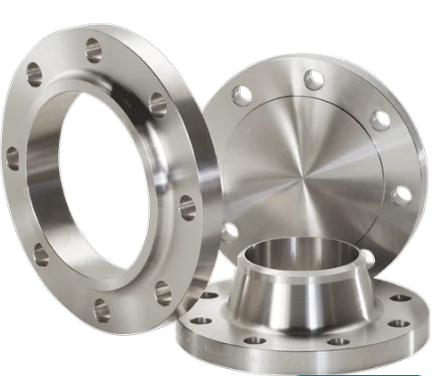
ADVANTAGES OF 304 STAINLESS STEEL FLANGES
ADVANTAGES OF 304 STAINLESS STEEL FLANGES Stainless steel doesn’t need to be coated and is highly recyclable because it is made from non-petroleum materials. They can withstand enormous pressure and are strong and robust. Stainless steel flanges are perfect for heavy-duty applications, incl...Read more -
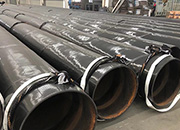
Quality requirements for external corrosion protection of steel pipes
1. The rust removal of the surface of the steel pipe should reach the sa2.5 standard of gb8923-88, showing the natural color of the metal, without visible grease, dirt, rust, and other attachments. 2. The anti-corrosion layer should be cured within 24 hours, with uniform thickness, compactness, n...Read more -
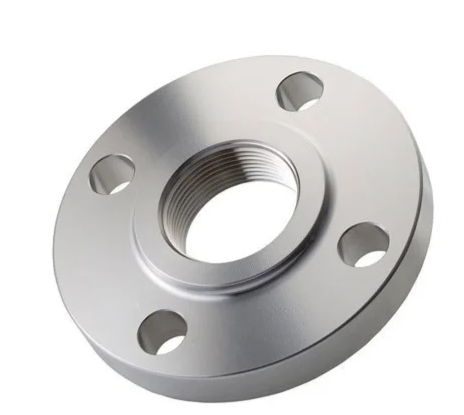
304 STAINLESS STEEL FLANGE APPLICATIONS
304 STAINLESS STEEL FLANGE APPLICATIONS Strength and affordability are two advantages of SS 304 flanges. They are used in many industries because of their affordable price. These flanges come in a variety of diameters and are resistant to extreme weather conditions. In addition, these flanges are...Read more -
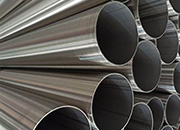
Knowledge of rolling surface processing of stainless steel pipe
Knowledge of rolling surface processing of stainless steel pipe: 1. After hot rolling, annealing, pickling, and descaling, the surface of the treated stainless steel plate is a dull surface and a bit rough; 2. It is a better process than the general surface, and it is also a dull surface. After c...Read more -
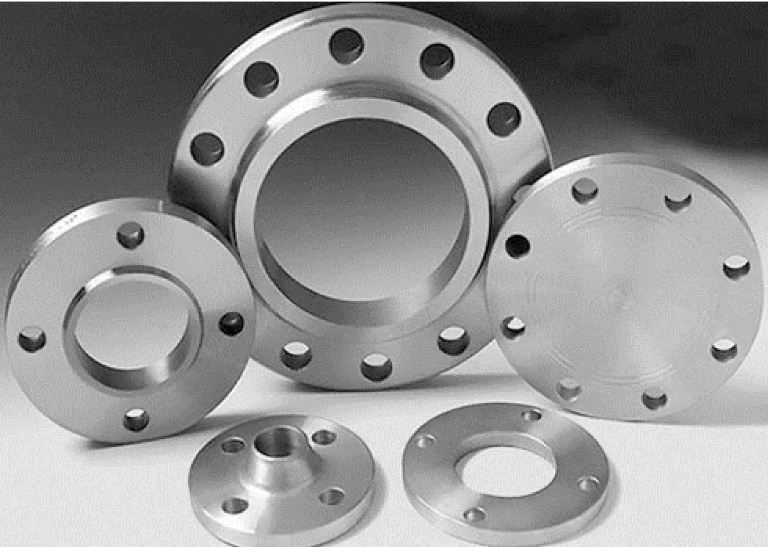
304 STAINLESS STEEL FLANGES
304 STAINLESS STEEL FLANGES Do you know what 304 stainless steel flanges are? If not, you may be considering the suitability of these tubes for your industry. Stainless steel flanges are used to join two pieces of pipe together. These pipes are often made of 304 stainless steel, which is why they...Read more -
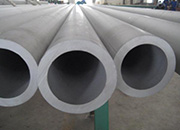
What are the details of the thick-walled steel pipe before use
1. Thick-walled steel pipe cutting: According to the actual required pipeline length, the pipe should be cut with a metal saw or a toothless saw. When water welding is used in the cutting process, the raw materials should be protected accordingly. When cutting, fire-resistant and heat-resistant m...Read more
